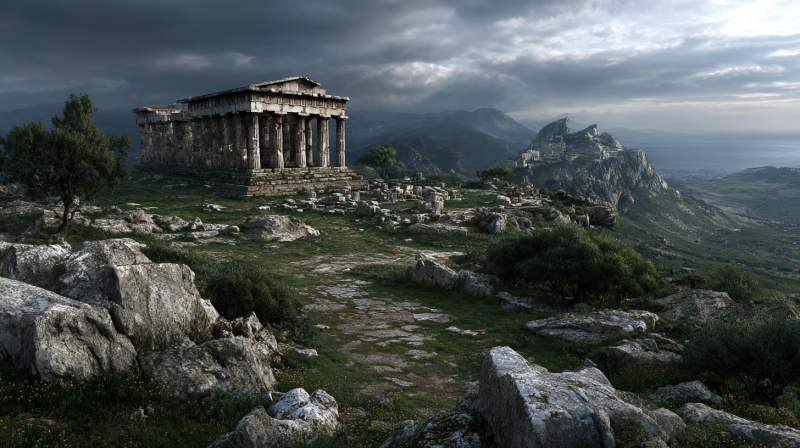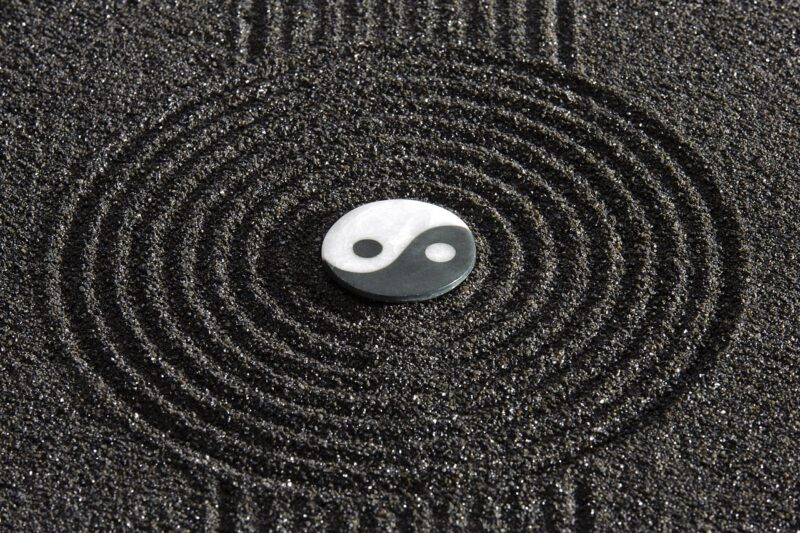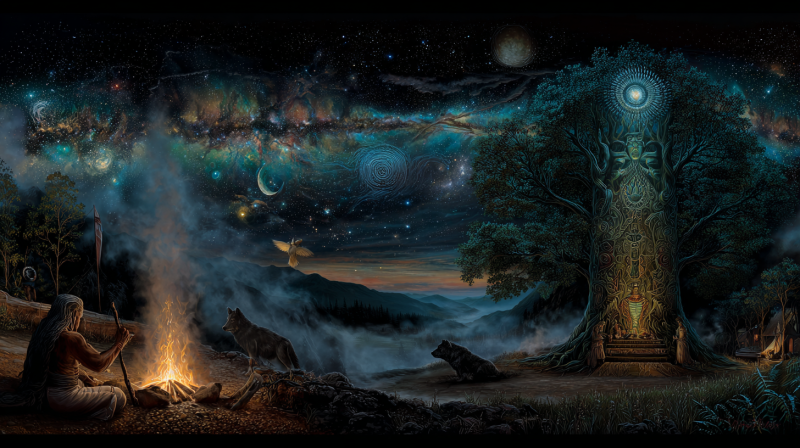“Death is not the opposite of life, but a part of it.” – Haruki Murakami
Across deserts and jungles, icy tundras and lush river valleys, the question has lingered: What happens when we die? Do we vanish into oblivion, awaken in a heavenly realm, or return again and again, spun through the wheel of existence?
From the ancient tombs of Egypt to the sacred texts of India, and the oral traditions of indigenous peoples, the human soul has been imagined as a voyager—rising, falling, reborn, or judged. In this journey, we explore the rich tapestry of beliefs about the soul, reincarnation, and resurrection. Not just what cultures believe, but how these beliefs shape lives, rituals, and the very definition of what it means to be alive.
The Soul in Motion – Reincarnation in Eastern Thought
The Wheel of Samsara
In the flickering shadows of Himalayan monasteries and under the Bodhi trees of India, reincarnation—samsara—is not merely an idea; it is the very rhythm of existence. In Hinduism, the soul (atman) is eternal, imprisoned in a cycle of birth, death, and rebirth, until it attains moksha, liberation from the wheel.
“As a man casts off worn-out clothes and puts on new ones, so does the soul cast off worn-out bodies and enter into others new.” – Bhagavad Gita 2:22
Karma is the law that governs this movement—every action, intention, and thought creates ripples, determining the form and fortune of one’s next life. A beggar might be reborn a king. A tyrant might crawl back into the world as a worm.
In Jainism, reincarnation is similarly rigorous. Every soul, from the tiniest ant to the wisest sage, is on a journey toward liberation, achieved through strict non-violence and asceticism. Buddhists, meanwhile, view the self as an illusion—a bundle of aggregates rather than a soul—and yet rebirth occurs through the continuity of consciousness and desire.
Tibetan Sky Burial and Bardo
The Tibetan Book of the Dead guides souls through the bardo—a liminal state between death and rebirth. Monks read prayers aloud to the deceased, hoping to ease their transition and point them toward enlightenment.
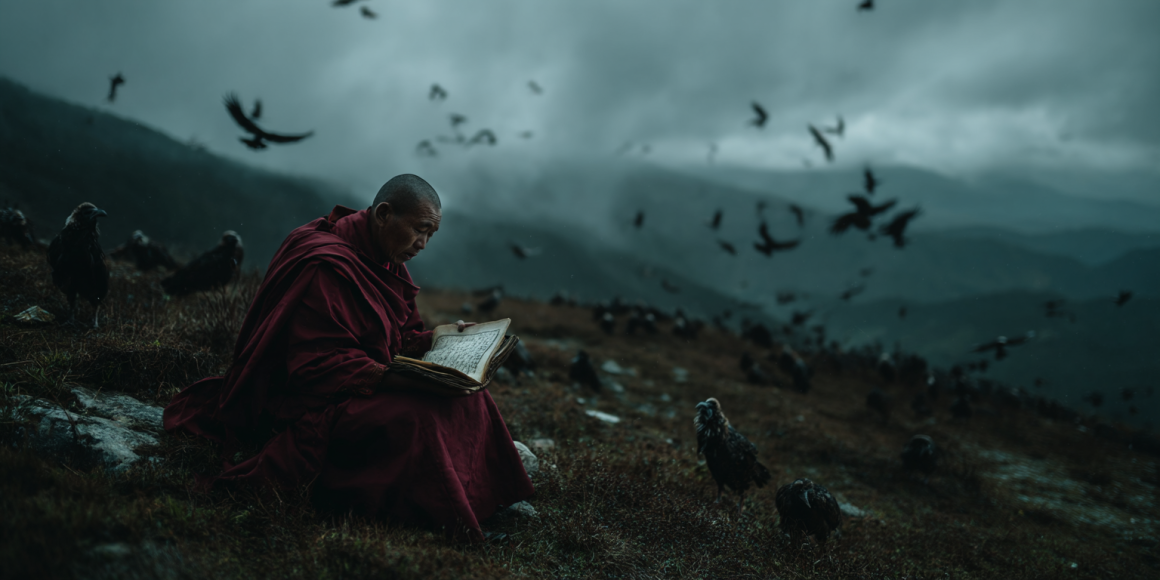
Resurrection and the Promise of Return
Abrahamic Faiths – Bones Reassembled and Souls Awakened
Where Eastern traditions speak of cycles, the Abrahamic faiths—Judaism, Christianity, and Islam—speak of a final destination. Here, resurrection is not metaphorical. It is a promised event: the dead shall rise.
In Christianity, Jesus Christ’s resurrection is the cornerstone. His triumph over death becomes a blueprint for all believers. In the Book of Revelation, graves open, and souls reunite with bodies for final judgment.
“The hour is coming when all who are in the graves will hear His voice and come forth.” – John 5:28–29
Judaism, while historically more focused on earthly life, contains strands—especially in later traditions like Kabbalah and Rabbinic literature—of bodily resurrection and even reincarnation (gilgul).
In Islam, the soul journeys after death, resting in the barzakh, a barrier between worlds. On the Day of Judgment, all are raised, their deeds weighed on divine scales, and their fates decided.
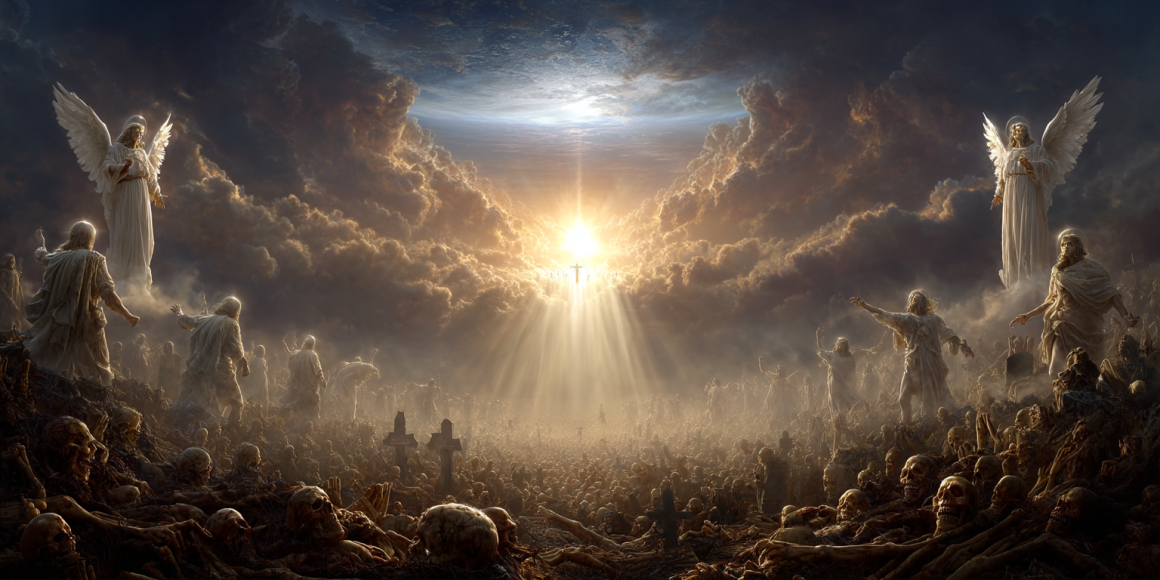
Ancient Echoes – Egypt, Greece, and Beyond
Egypt: Soul Weighed Against a Feather
For ancient Egyptians, death was not an end but a threshold. The soul—composed of several parts (ka, ba, akh)—traveled to the underworld to be judged by Osiris. In the Hall of Maat, the heart was weighed against the feather of truth.
If the heart was pure, the soul would journey to the Field of Reeds—a lush mirror of earthly paradise. If not, it was devoured by Ammut, the soul-eater.
Mummification was not ritual for the sake of custom; it was a spiritual necessity. The body had to be preserved for the soul to recognize it upon resurrection.
Greece: Reincarnation and the Mystery Schools
Plato, influenced by Orphic and Pythagorean traditions, believed in metempsychosis—the transmigration of the soul. The soul was immortal and imprisoned in the body. Only through philosophy and purification could it ascend.
“A man must escape from the body and practice death while alive.” – Plato, Phaedo
In mystery schools like Eleusis, initiates underwent symbolic death and rebirth, promising a blessed fate in the afterlife.
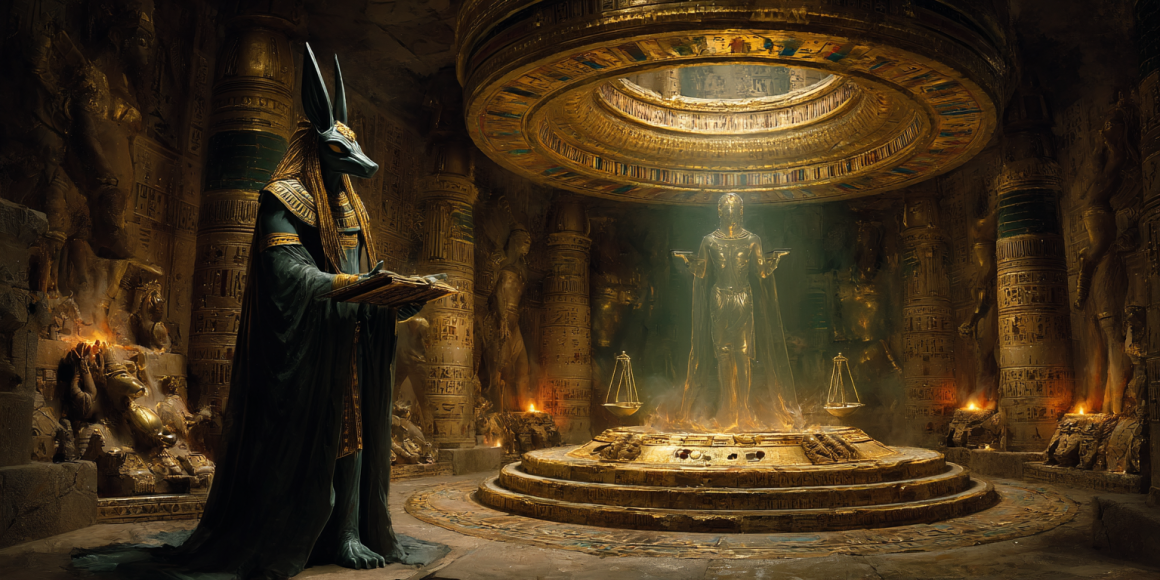
Indigenous Perspectives – Cycles and Ancestors
Africa: Ancestors Walk Among Us
In many African spiritual systems, the line between the living and dead is fluid. The soul of the deceased may become an ancestor, continuing to guide and protect the community. Among the Yoruba, for instance, the soul (emi) returns to the Orun (spirit world), but may be reborn within the family.
In the Dagara tradition of Burkina Faso, reincarnation is not about karma, but about community. Souls return not to pay debts but to fulfill unfinished missions and reconnect with loved ones.
Native American Views: Harmony and Continuity
Many Native American tribes speak of the soul as part of nature’s cycle. The Lakota Sioux believe in wanagi, the spirit that journeys to the spirit world after death, aided by rituals and songs.
Among the Hopi, death is a passage to another world, where spirits eventually return as rainclouds to nourish the earth.
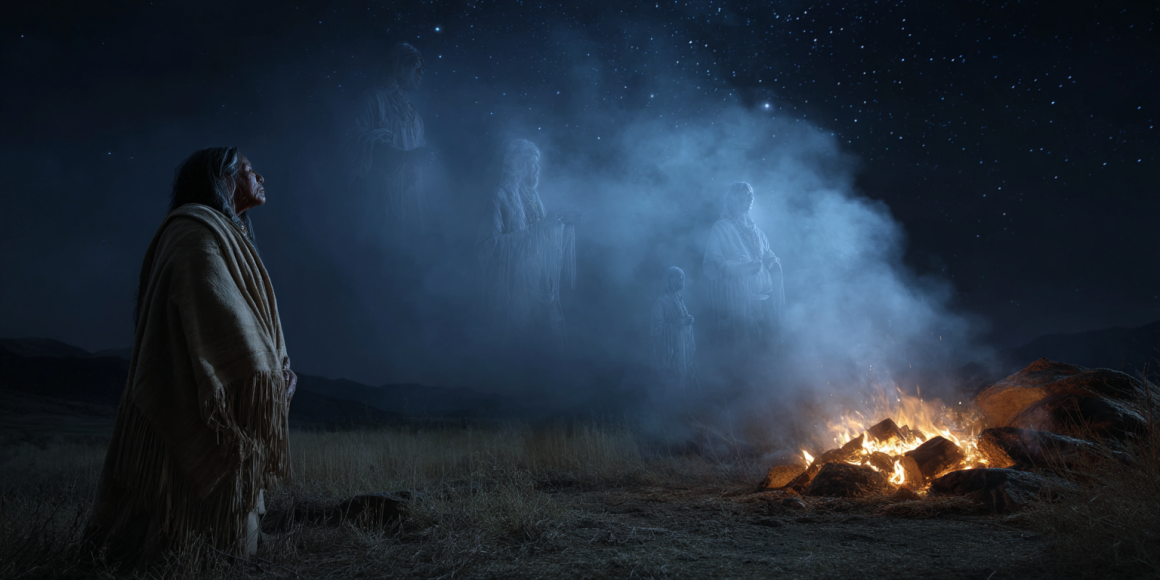
East Asian Views – Ancestors, Ghosts, and Afterlives
China and the Dual Soul
In traditional Chinese belief, the soul splits in death: the hun ascends to heaven, while the po stays with the body or haunts the earth. Ancestor worship ensures the spirits are honored and nourished with offerings.
During the Ghost Festival, families burn paper money, send incense into the air, and leave food for wandering souls.
In Taoism, immortality is sought through spiritual refinement, not resurrection. In Confucianism, while metaphysical speculation is restrained, honoring ancestors remains vital.
Japan: Rebirth and the Spirit World
In Shinto, death is considered impure, yet spirits (kami) abound. The dead may become protective ancestors or restless yūrei (ghosts) if not properly mourned.
Japanese Buddhism blends the karmic cycle with rituals like Obon, when the dead return home for a brief visit.
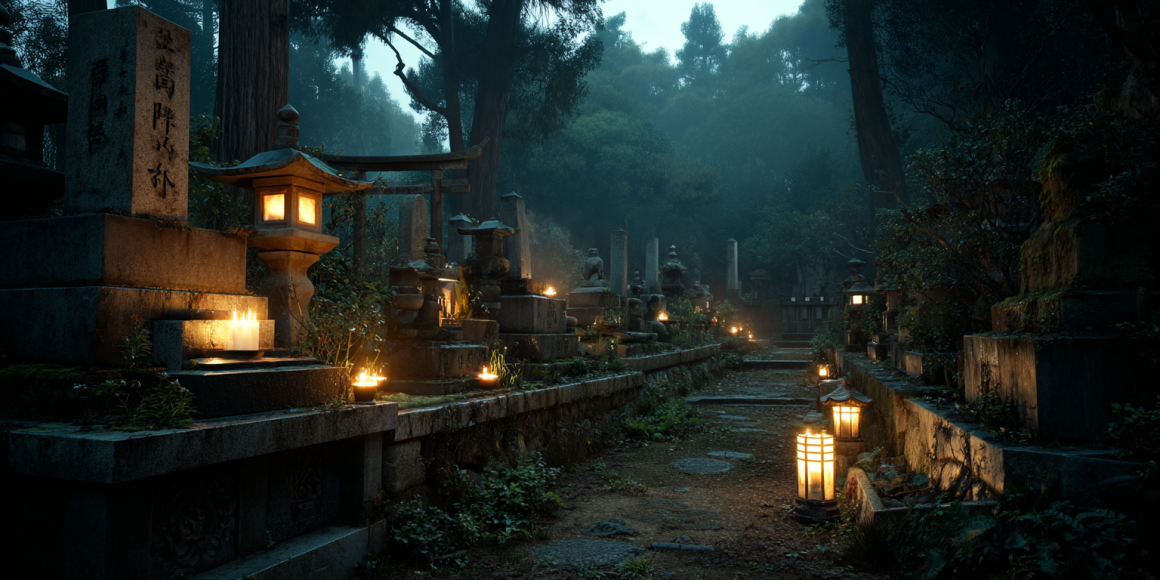
Modern Echoes and Scientific Frontiers
Near-Death Experiences and Reincarnation Studies
Modernity has not quelled fascination with the soul. Near-death experiences (NDEs) describe tunnels of light, meetings with deceased relatives, and a sense of peace. While skeptics attribute these to brain activity, many interpret them as glimpses of an afterlife.
Psychiatrist Dr. Ian Stevenson famously documented cases of children claiming past lives, noting physical birthmarks matching their alleged deaths. Though controversial, such studies keep the door to reincarnation ajar in scientific circles.
New Age and Syncretic Views
Today, many blend Eastern and Western views—believing in reincarnation while holding Christian values, or combining meditation with ancestral rituals. The soul has become less bound by dogma and more a canvas for personal spirituality.
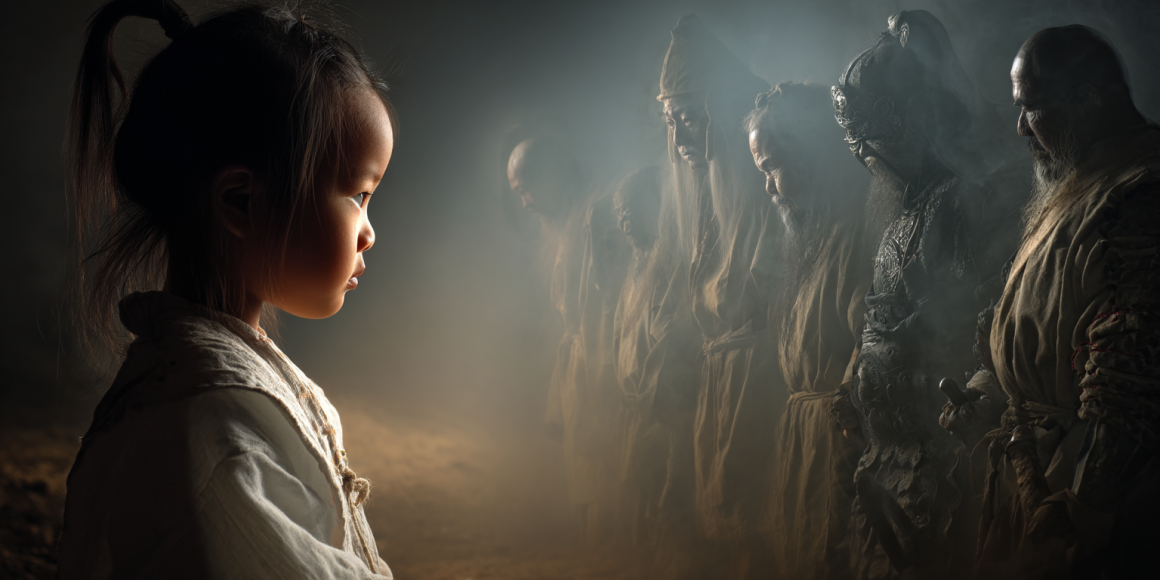
The Story That Never Ends
In the end, perhaps the soul’s journey mirrors a great story—a tale told across millennia, through language, ritual, and dream. Whether rising from the grave, returning as a grandchild, or dissolving into cosmic unity, the soul keeps us reaching beyond the veil.
We are the storytellers, and perhaps, the story itself.
Citations and Sources
- Bhagavad Gita. Translation by Eknath Easwaran. Nilgiri Press, 2007.
- Stevenson, Ian. Twenty Cases Suggestive of Reincarnation. University of Virginia Press, 1974.
- Eliade, Mircea. The Sacred and the Profane. Harcourt, 1957.
- Smith, Huston. The World’s Religions. HarperOne, 2009.
- Obeyesekere, Gananath. Imagining Karma: Ethical Transformation in Amerindian, Buddhist, and Greek Rebirth. University of California Press, 2002.
- Bascom, William. African Religions and Philosophy. Heinemann, 1969.
- Lopez, Donald S. Jr. The Tibetan Book of the Dead: A Biography. Princeton University Press, 2011.
- Harner, Michael. The Way of the Shaman. HarperOne, 1980.
- Knipe, David M. Hinduism: Experiments in the Sacred. HarperCollins, 1991.
- Zaleski, Carol. Otherworld Journeys: Accounts of Near-Death Experience in Medieval and Modern Times. Oxford University Press, 1987.

